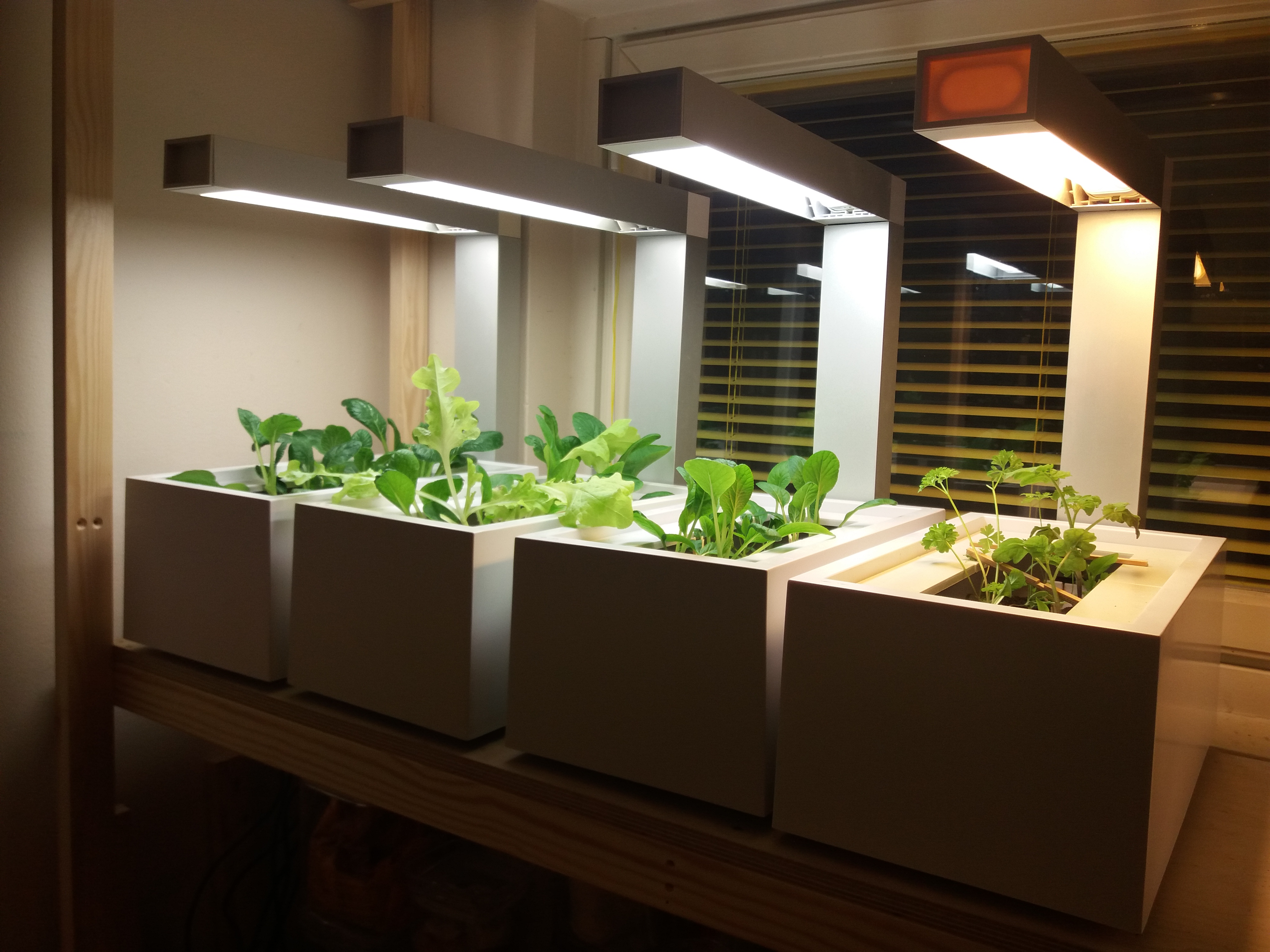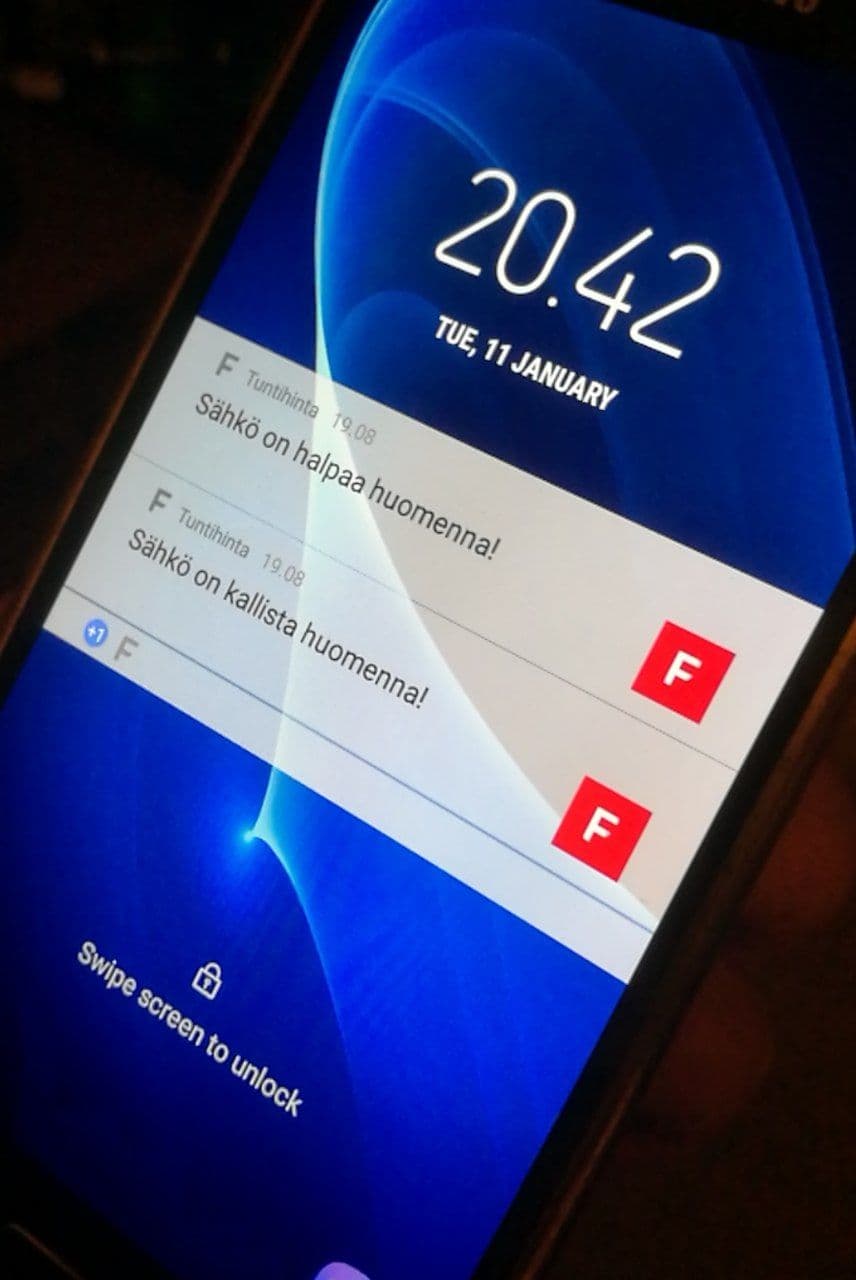Connecting house plants to electricity price monitoring: A do-it-yourself (DIY) in-home-display (IHD)
My family is among the rare consumers (5–8% in Finland) still holding a market-based electricity tariff. I opted for it back in 2015 for climate and cost reasons, and we have ever since saved a fair amount of money. Market-priced electricity continues to be cheap on an average night, similarly to the popular time-of-use “night-electricity” tariffs. And with some attention, small shifts in consumption to cheaper hours lead to nice savings. December 2021 was an exception though: the price levels remained high or very high throughout the month, but the situation has evened itself out by now. On many of the recent weekends electricity has cost only about 2 cents/kWh. Weekdays, naturally, more than this.
There are, however, occasional peaks. While the general price level may remain acceptable, sometimes there are single peak hours when the cost is as high as 30 cents or even more. These kinds of peaks I would like to be warned of in advance, or on spot, so that I can consider whether to postpone or avoid consumption or choose to pay a little bit more of my device usage that particular hour. But the problem is that the consumer alone is responsible for keeping up with the varying prices. What kind of a common inhabitant opens a price-monitoring app on their phone each morning, or checks the Norpool database or www.sahko.tk? Not even the newspapers’ economy sections show daily electricity prices. (Why not? They do list coffee and cacao prices)?

Our kitchen garden indicates that the price of electricity is low right now. Photo: Sini Numminen
Anyway, due to the lack of a proper price information tool, the market shock situation in December encouraged us to innovate a simple in-home display for electricity prices. A clear, simple, and visual display that fits in our home interior design. We engaged the lights of an indoor salad-growing platform located in our kitchen to the task.
The number of lit light bulbs indicates whether to be cautious or not. In a normal case two lights are on - no problem, we can do our household chores as usual. When all four lights are on, we know that electricity is so cheap we don’t even have to think about it. When all lights are out we know that electricity is very expensive, and we want to do our best to postpone consumption (e.g. not to do laundry). What kind of technology is required? Raspberry pi and a couple of extension cords with time-switches.
This was an innovation by obligation, because the hourly prices in December 2021 were very high. Fingrid provides a free smart phone app for following electricity prices, but its drawback is that only two price values can be set: “high” and “low”. The app lacks a third category “super high”: which indicates the hours to avoid all usage, if possible. On a typical day, Fingrid app users might receive mixed messages, as shown in the Figure below. This is because a typical day has many kinds of hours, which is perfectly normal, and nothing to worry about. I would say the answer to this problem is not to set the “high” value up because I would want to keep that for comparing my tariffs with average flat tariffs.

Fingrid price app sent two notifications in the evening of 11 January 2022: “Electricity is cheap tomorrow!” and “Electricity is expensive tomorrow!” Photo: Sini Numminen
I know that dynamic electricity pricing, such as spot contracts are not suitable for everybody - my colleague and I have even written a full paper on the social justice aspects of dynamic pricing of electricity and road transport [1]. But those who have a certain level of consumption flexibility and is willing to take an occasional bill risk, spot tariff is a recommended option, in my opinion.
As a result, our December electricity bill was not that high compared with the one in November, but admittedly mainly due to our no-consumption activities rather than consumption-shifting activities. Our most critical energy need, heating, is covered otherwise. Nicest result of this exercise was the tasty lettuce of a winter’s night. But now as the spring has arrived, we are back to lower electricity bills, that even out the harsh winter. Also the vegetable lighting is no longer needed because they receive plenty of natural sunlight.
[1] Mikko Jalas & S. Numminen (2022) Prime-time access for whom? Rhythms fairness and the dynamic pricing of infrastructure services, Local Environment, DOI: 10.1080/13549839.2022.2040468